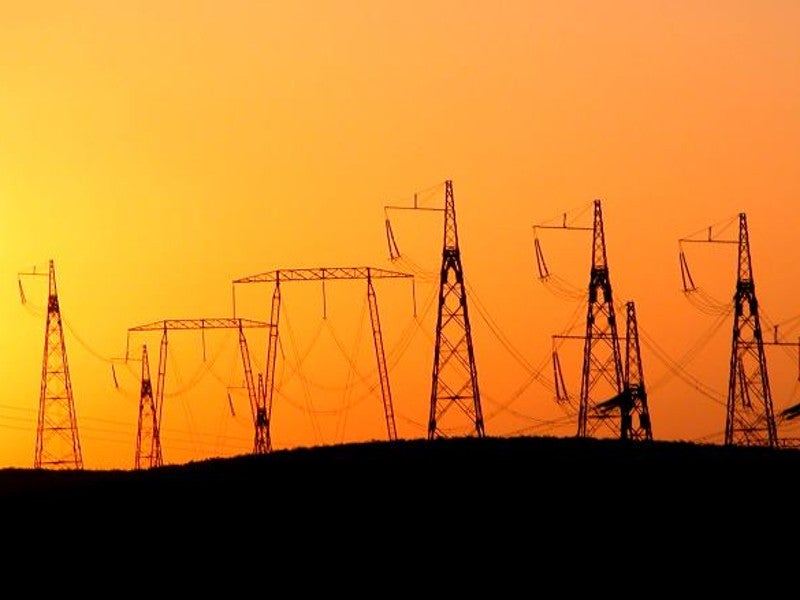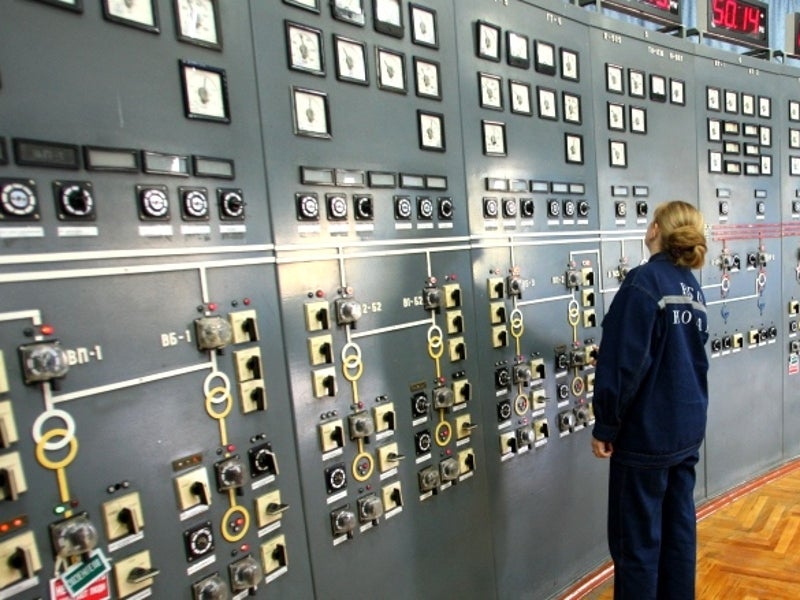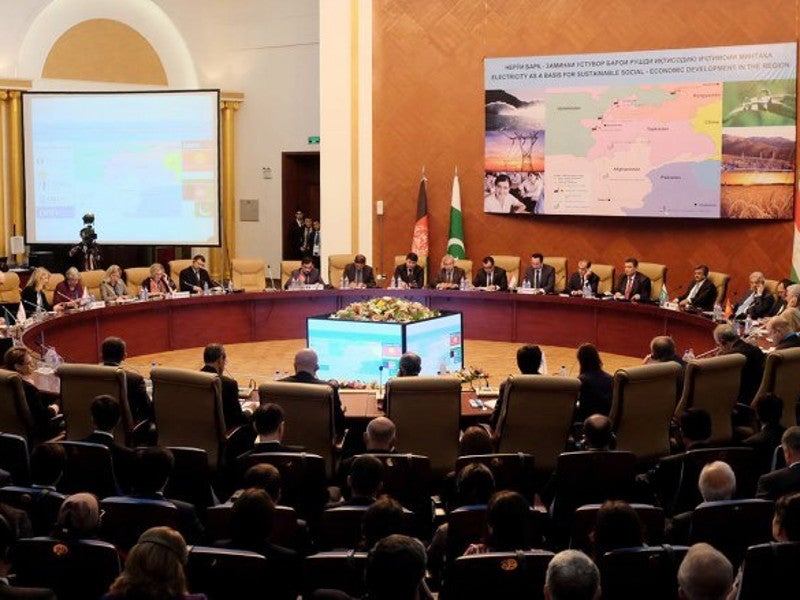Central Asia-South Asia (CASA-1000) electricity transmission project is a 1,227km-long cross-border transmission project being developed in Central Asia.
The project aims to establish an electricity trade involving the transfer of surplus hydropower available in Central Asia to electricity-deficient countries in South Asia. Surplus energy available with Kyrgyzstan and Tajikistan will be sold to Afghanistan and Pakistan, under the project.
Estimated to cost approximately $1.17bn, the project is being developed by the participating countries under an inter-governmental agreement (IGA) signed in 2008. The four nations established an Inter-Governmental Council (IGC) for the project development.
The main aim of the transmission project is to facilitate the transfer of surplus summer power (approximately 1.3GW) from Kyrgyzstan and Tajikistan to Pakistan via Afghanistan. An estimated 1GW of power will be transmitted to Pakistan, while up to 300MW will be delivered to Afghanistan.
The CASA-1000 project received approval in March 2014, while commercial operations are expected to be started in 2022.
Central Asia-South Asia (CASA-1000) electricity transmission project details
The CASA-1000 project involves the construction of a 477km-long, 500kV AC line from Datka sub-station in Kyrgyz Republic to Khudjand sub-station in Tajikistan. The line will be in the Kyrgyz Republic for 450km, while the rest will be in Tajikistan.
The project also involves the construction of three convertor stations to convert the power from alternating current (AC) into direct current (DC) and vice versa. The stations will be located at Sangtuda (1.3GW) in Tajikistan, Peshawar (1.3GW) in Pakistan, and Kabul (300MW) in Afghanistan.
The connecting AC systems shall be of 500kV, 50Hz in Tajikistan and Pakistan, while Afghanistan will use 220kV, 50Hz systems.
A 120km-long, 500kV single-circuit AC line will also be constructed in Tajikistan between Regar and Sangtuda substations. The line will transfer export power from Tajikistan and Kyrgyz to the Sangtuda converter station.
Furthermore, a 750km, 500kV high-voltage DC (HVDC) line will be laid from Sangtuda (Tajikistan) to Nowshera (Pakistan). The line will have a transmission capacity of 1.3GW in either direction, using a bipolar and earth-return configuration.
It will run for 120km in Tajikistan, 560km in Afghanistan, and 70km in Pakistan.
Financing
The CASA-1000 project is financed by seven institutions, with the majority being financed by the World Bank through International Development Association (IDA).
The World Bank Group is providing $526.5m financing, while the other lenders include Islamic Development Bank (IsDB, $155m), European Bank for Reconstruction and Development (EBRD, $110m), European Investment Bank (EIB, $180m), UK Department for International Development, Afghanistan Reconstruction Trust Fund (ARTF, $40m), and the US Government.
The United States Agency for International Development and the UK Department for International Development are providing bilateral financing of $11.5m and $46m, respectively. The remaining funding of $101m is provided by Pakistan, one of the recipient countries.
Contractors involved
Monenco Iran Consulting Engineers was engaged to provide construction supervision services for the HVAC transmission lines and associated substations in Tajikistan and Kyrgyz Republic.
In December 2017, Kalpataru Power Transmission was awarded a $66.9m contract for conducting civil works at the 500kV HVDC line in Tajikistan border to intermediate point 1.
KEC International is conducting civil works for the 500kV HVDC line from intermediate point 1 to intermediate point 2 and from intermediate point 2 to Pakistan border.
WAPCOS is providing consulting services with regard to the commissioning of two terminal HVDC converter stations in Pakistan and Tajikistan. The contractual scope also includes the construction of HVDC line from Sangtud.
The consortium of ABB and Cobra Instalaciones Y Servicios secured a contract worth approximately $330m, in September 2018, for installing two HVDC converter stations in Tajikistan and Pakistan.
SNC-Lavalin prepared the feasibility study for the project in February 2011, while Integrated Environment (IEL) prepared the ESIA and ESMP reports in September 2011.
Normandeau Associates conducted the Avian Risk Assessment and Management study for the project in May 2012.





